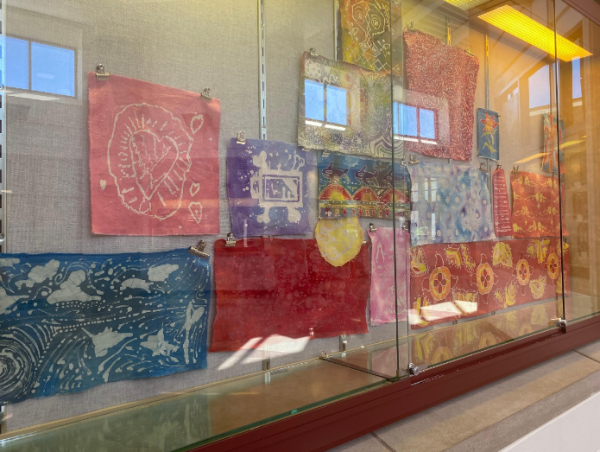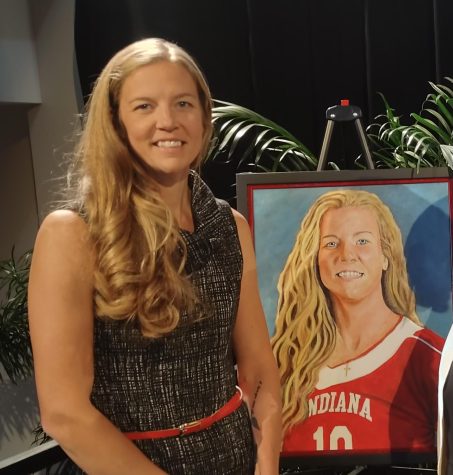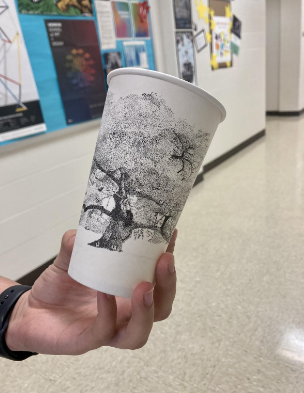The Story of Women’s History Month
The history behind the national celebration and two cougars who lead as strong women in our school
Since 1987, the month of March in each year has been used as a way to celebrate women. As we move into April, here is a look back at the past 32 Women’s History Months, the story behind its creation, and two lady cougars who exemplify strong women within our own community.
In 1978, the school district of Sonoma, California began to organize their own weeklong celebration of women. The week was dedicated to educating students and the community about the contribution of women to history and culture. Schools were given presentations, students could participate in an essay competition about “Real Women,” and a parade was even held in Santa Rosa. This celebration began to gain national recognition and by 1980, President Jimmy Carter designated the week of March 8th as Women’s History Week. In 1981, Congress followed Carter’s recognition and passed Pub. L. 97-28 which authorized and requested the president to proclaim March 7th as the start of Women’s History week each year. However, in 1987 the National Women’s History Project petitioned for Congress to extend the week into a month. Shortly after, Pub. L. 100-9 was passed which allowed the president to dedicate March as Women’s History Month. Today the Library of Congress, National Archives and Records Administration, National Endowment for the Humanities, National Gallery of Art, National Park Service, Smithsonian Institution, and the U.S. Holocaust Memorial Museum all use the month to celebrate and teach the importance of women throughout American history.
This past Women’s History Month, a series of Women’s Marches took place across the country and world. North senior Claudia Gonzalez-Diaz attended the march in Washington D.C. “I decided to go because you can really feel the energy of the women around you,” she said. Gonzalez-Diaz was originally anxious for the march when she learned that the March for Life would be taking place in D.C. during the same weekend, as concerns about counter-protestors and conflicting views were widespread among march goers. However, Gonzalez-Diaz ultimately found the experience to be extremely educational.
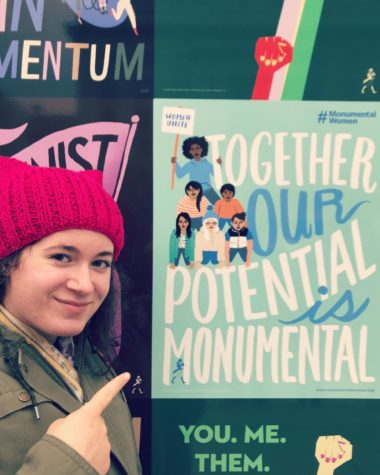
“I went with several generations of women, and it was so valuable being able to learn from each other about what’s coming and what has already been here in terms of life for women,” she said. “Feminism is something that you have to pick up from many different sources, and the march was a great way to do so.”
Margaret Comentale, also a senior, shares the same sense of importance towards women’s history month. “It gives us an opportunity to celebrate and educate ourselves on the outstanding women who came before us, and creates a platform for Americans to recognize and respond to the issues that women still face today” she said. Margaret has spent a great deal of her time working with young girls who are having their first experiences in STEM (Science Technology Engineering Math) through Wondercamp, MCCSC GEMS, and Binford Elementary’s robotics team.
“Often times, girls don’t tell themselves outright that they can’t do something because of their gender, but they don’t realize that their lack of self confidence or interest in STEM is the result of hundreds of years of women being told what they can and can’t be” Comentale said. “It’s also a misconception of what STEM is women in both nature and nurture want to help people and they don’t realize that they could do that in any career.”
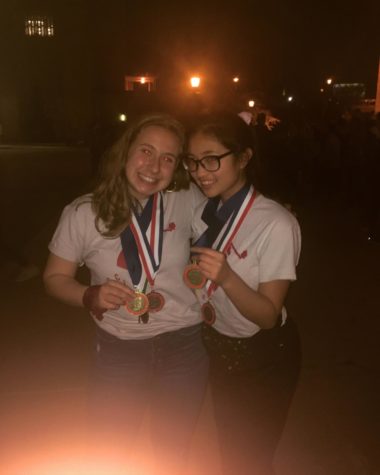
Both Gonzalez-Diaz and Comentale are examples of how Women’s History Month empowers women across America, as well as within our own school. Whether it is used to celebrate previous accomplishments, remember current inequalities or encourage the next generation of girls to strive for greatness, the month acts as an important reminder of just how incredible women are.





